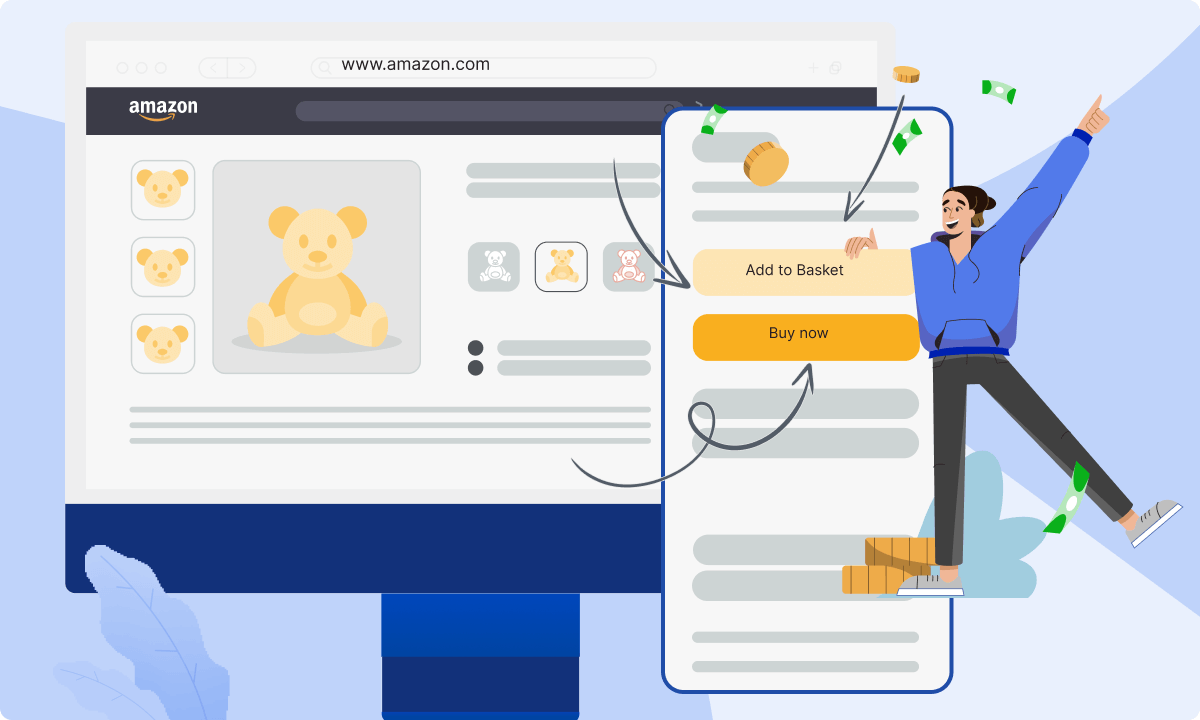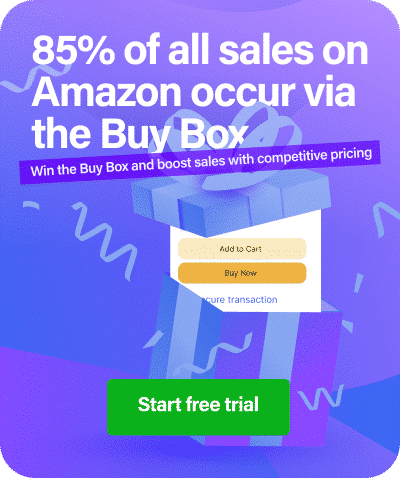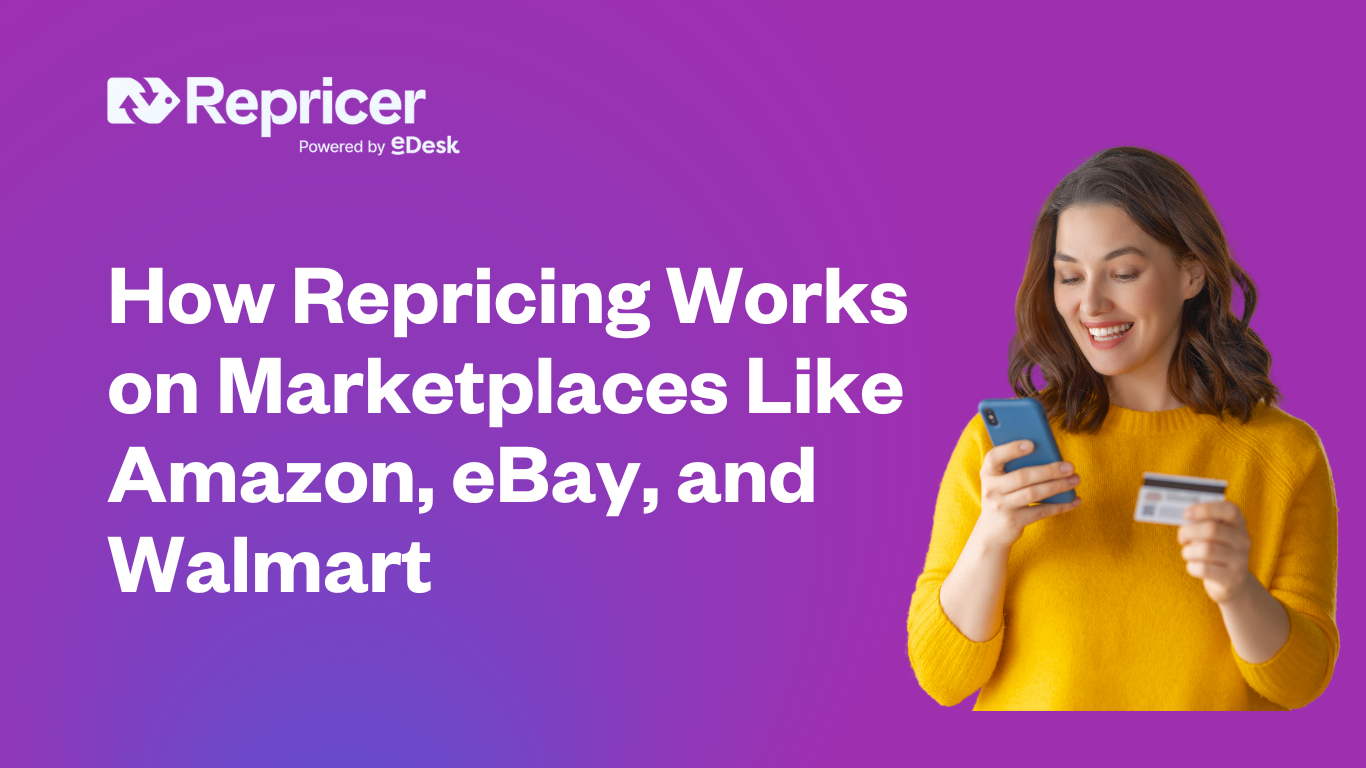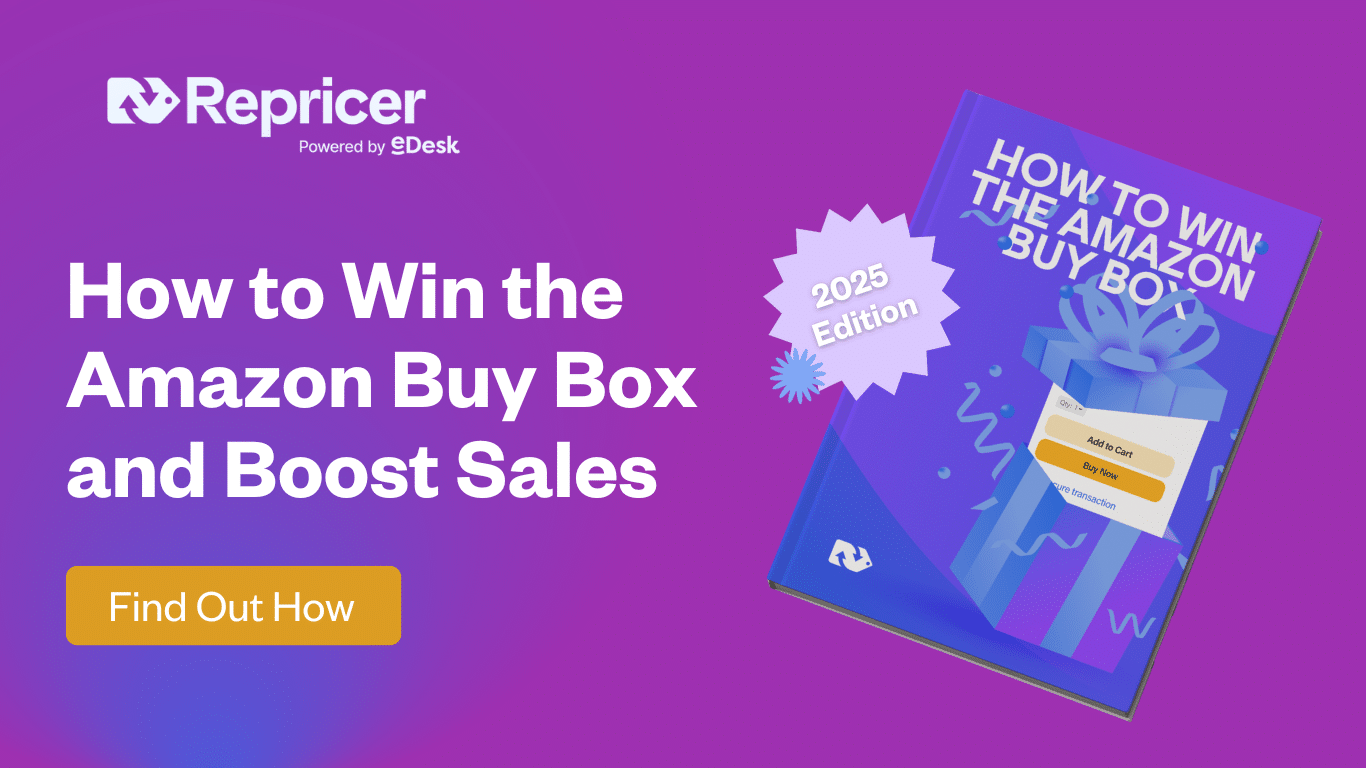Dynamic pricing can help you create a winning Amazon sales strategy, but challenges remain with regards to legal standards and consumer expectations. Here’s everything you need to know in 2025.
To succeed in online commerce, it’s vital that your pricing strategies help you stay competitive. That means they must be able to respond to changing market conditions, in much the same way airlines regularly change their fares based on supply and demand.
However, dynamic pricing is no longer a niche strategy in the travel industry. It is a cornerstone of eCommerce as well. Selling on Amazon is no exception, with dynamic pricing being a key component of the platform.
A legal perspective on dynamic pricing
Due to their increasing prevalence, dynamic pricing models have drawn a lot of attention from legislators. Recently, U.S. Senator Sherrod Brown raised concerns about the potential for price gouging due to dynamic pricing algorithms like those Amazon uses. He argued that these algorithms can result in higher prices and less competition.
The European Union is also calling for greater transparency around how online retailers price their products. For example, the Omnibus Directive, published in 2019, requires sellers to list the product’s original price for at least the previous 30 days before advertising a discount. The use of any automated price changes must also be disclosed, regardless of which platforms you’re using. Sellers themselves must also be aware of the impacts these new legal standards might have on their pricing flexibility and competitiveness.
Introducing the Amazon Buy Box
With more than 600 million products now listed on the Amazon Marketplace—only 12 million of which are sold by Amazon themselves—it can be hard to stand out. Because of this, there’s a constant rush for the most valuable real estate on the site.
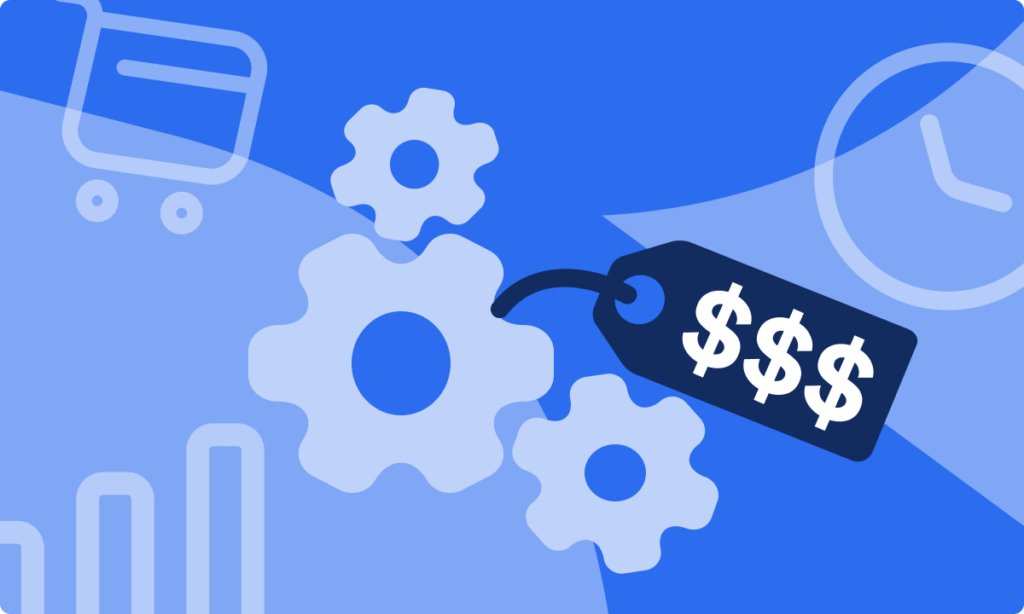
The Amazon Buy Box is the box on the right side of the product page (on desktop), where shoppers can instantly add products to their carts. That’s where the vast majority of sales happen. Hence, it’s essential to claim this spot.
Dynamic pricing is integral to maximising sales opportunities in the Buy Box. Amazon uses an advanced algorithm to adjust pricing based on factors such as seller ratings, competitors’ prices, shipping times, and order defect rates.
Amazon introduced a second Buy Box in 2023 to European Union markets, in response to an antitrust ruling by the European Commission. The goal is to drive greater transparency across the marketplace, address data privacy concerns, and to give sellers more equal opportunities.
However, while Amazon has built-in dynamic pricing tools, sellers can benefit from using third-party solutions for greater control and customisation. By supporting a broader range of pricing strategies, third-party tools can introduce lucrative new opportunities compared to those using only Amazon’s built-in tools. Moreover, these tools tend to provide additional functions, such as competitor analysis and price history tracking to help give sellers that much-needed edge.
Related: [FREE EBOOK] How To Win The Amazon Buy Box
Addressing challenges in dynamic pricing
There’s no doubt that dynamic pricing is crucial to staying competitive in any crowded online marketplace like Amazon. That said, it requires a careful balancing between brand perception and business strategy.
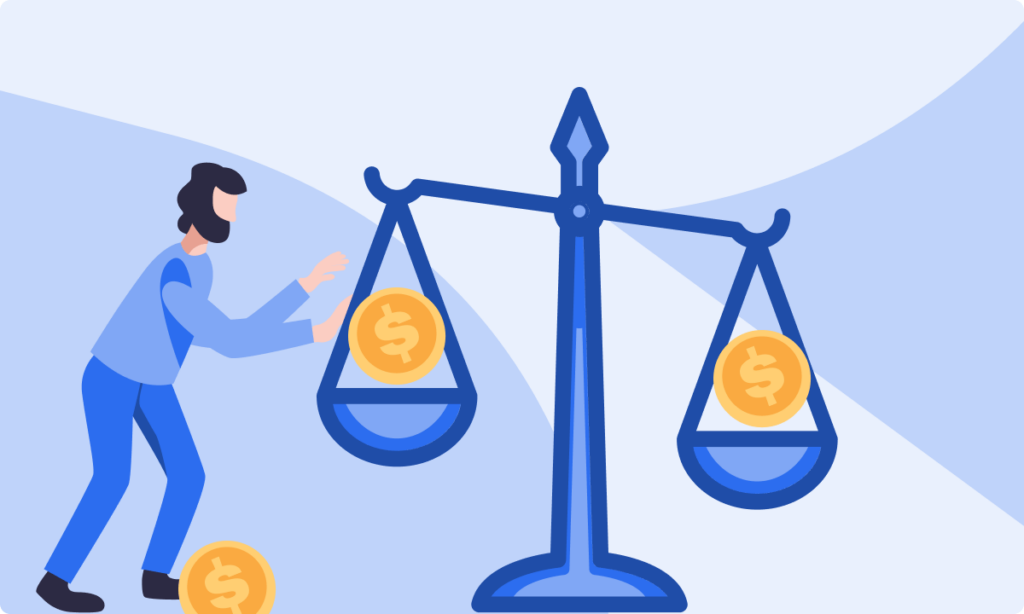
That balance can change radically between industries or product types. If your prices fluctuate a great deal or too frequently, you risk harming your reputation. On the other hand, if you don’t change them in accordance with market conditions, you’ll end up losing sales.
According to professor of digital marketing, Arnd Vomberg, price changes on Amazon occur as frequently as every ten minutes. This drives surge pricing, where periods of high demand can see prices increasing by as much as 240%. However, such excesses can also result in a significant backlash from consumers, who might not be so willing to pay more.
Price discrimination, in which different customers are charged different prices for the same product, typically based on their location or sales history, is another risk that sellers must be mindful to avoid.
One aspect of the Amazon marketplace is “price anchoring”, which influences buyer behaviour by placing a high-priced product next to a lower-priced alternative. This is genuinely useful for more budget-conscious shoppers, especially with costlier products, such as laptops and other consumer electronics.
Many experts also recommend setting optimal minimum and maximum price thresholds both to protect profit margins and reduce the risk of price wars. For instance, if you set your prices too much lower than the competition, you increase the risk of driving a race to the bottom in which the entire market suffers. If everyone aggressively cuts their prices, nobody wins.
Amazon Pricing Tools
In a significant move for 2025, Amazon has announced the launch of its own pricing tool designed to “give sellers a competitive edge”. This tool automatically adjusts prices in real-time. According to Amazon, early adopters have seen a 15% increase in Buy Box wins and a 20% increase in overall sales. This tool aims to simplify the dynamic pricing process, allowing sellers to focus more on other aspects of their business while the AI handles the complexities of price optimization.

However, sellers can benefit from using third-party solutions for greater control and customization. By supporting a broader range of pricing strategies, third-party repricing tools can introduce lucrative new opportunities compared to those using only Amazon’s built-in tools. Moreover, these tools tend to provide additional features such as competitor price tracking, profit protection, historical pricing data, and advanced analytics.
Final words: Are you ready for dynamic pricing?
With 83% of Amazon sales occurring through the Buy Box, it’s essential that your prices are competitive.
To maximise both visibility and sales, you need an automated solution that goes beyond what Amazon’s dynamic pricing algorithms—which most of your competitors are using—can do.
As business coach Ken D. Foster puts it, you also need the right data before adopting dynamic pricing models. That way, algorithmic solutions can make more informed decisions to reduce risk and continuously improve sales throughput.

